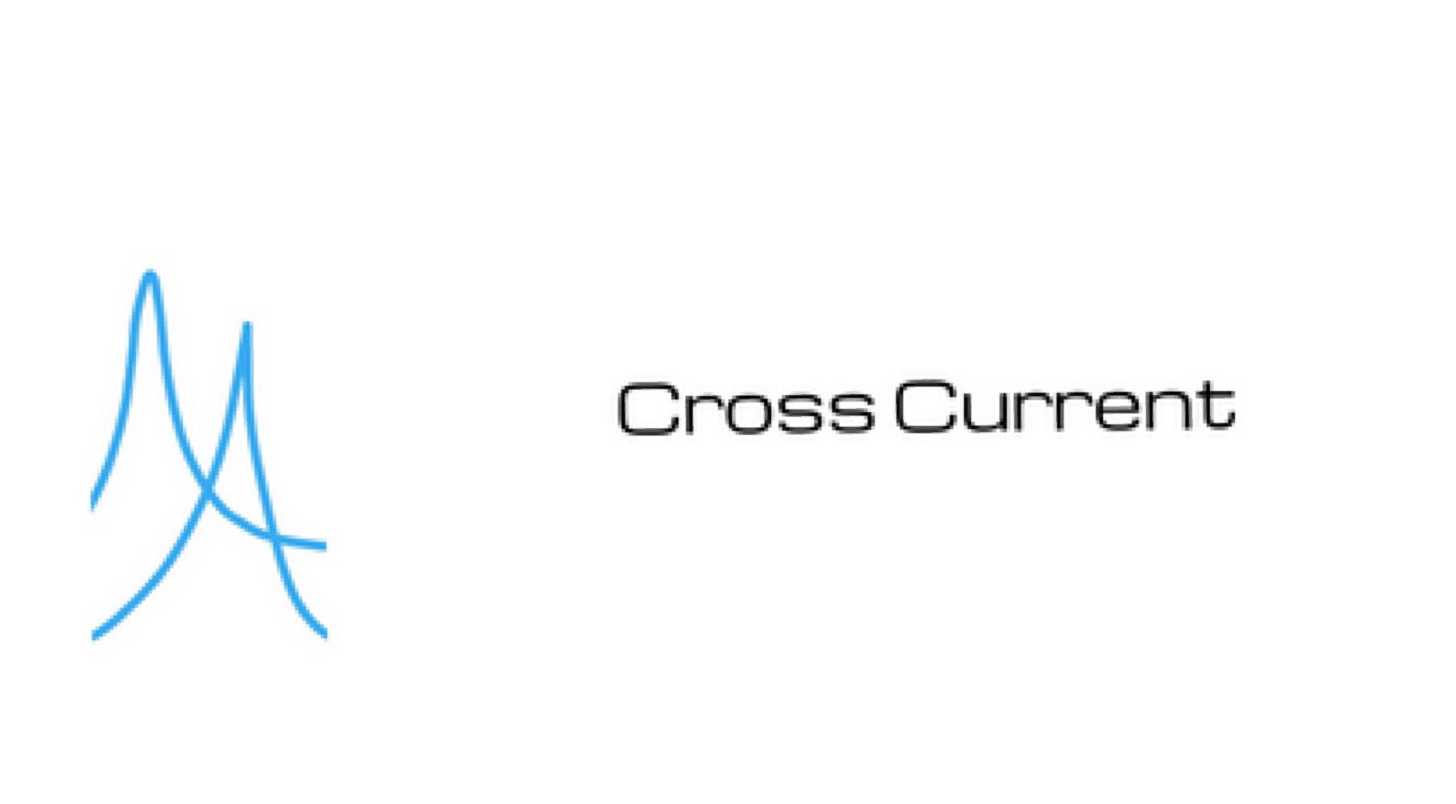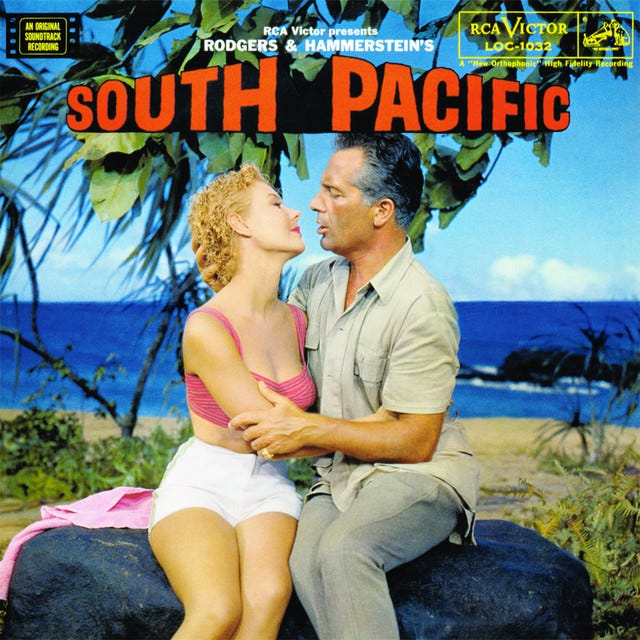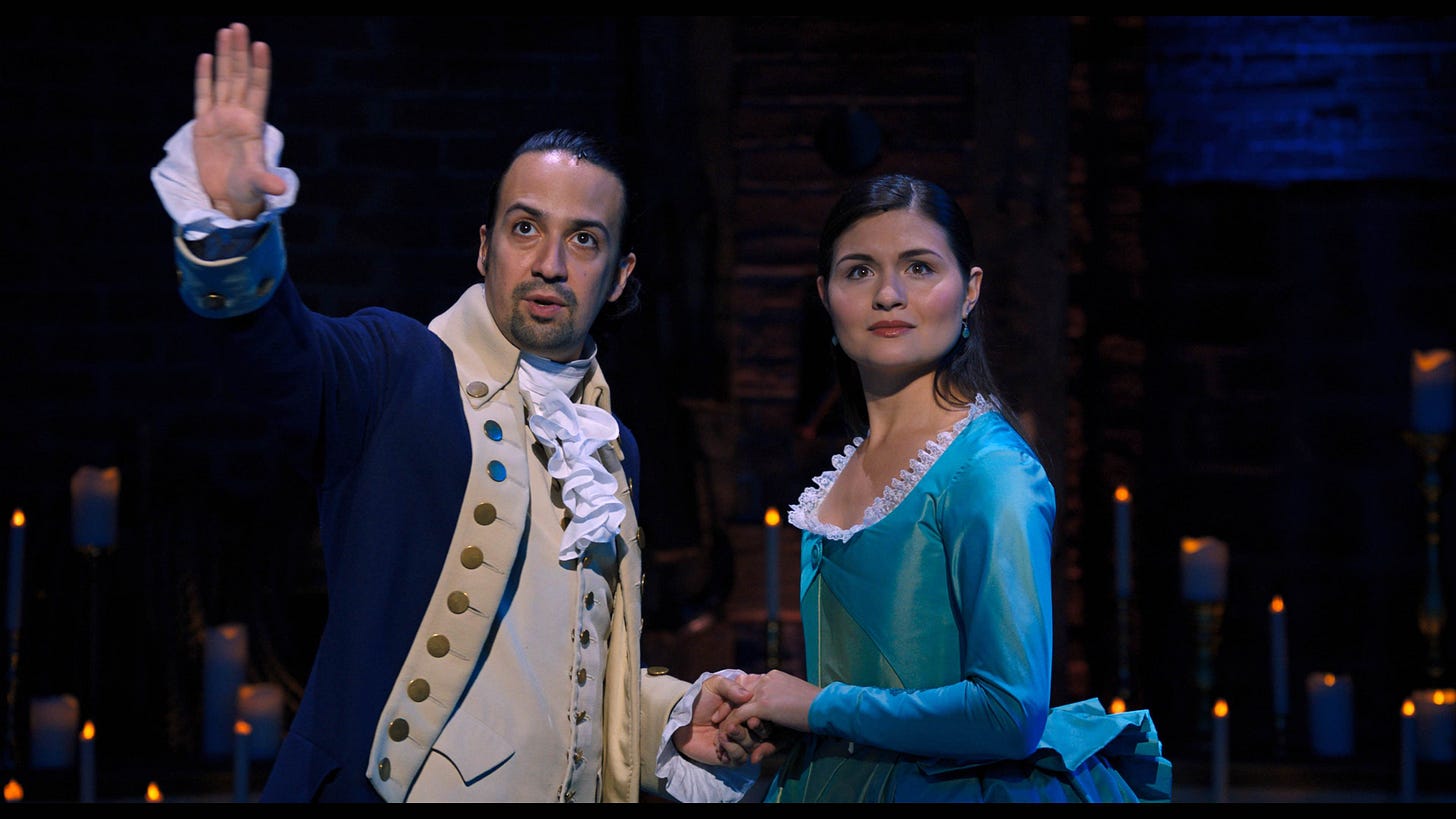The Literary Bohemian Epoch (1850s-1956)
Before the middle of the 19th century, no American city was at the center of anything globally, let alone New York. Even during the 1850s, New York writing had yet to take over the world. But the dissident seeds were being planted. Writers would drink at saloons (one of them Walt Whitman). This is a common thread throughout the NY media timeline: nightlife being the ground zero of publishing trends that would dominate the world. For this epoch, it was a bunch of sexual libertines that opposed slavery and supported the working class. Small journals that were read (often written) at these bars became what we now know as Harper’s, The Nation, The Atlantic and even The New York Times.
By the 1910s, Greenwich Village became the home of true dissident artists. Not artists on the CIA payroll (AbEx in the ‘50s) or j-school libs who have a list of important hashtags as a reference guide next to their Strunk and White; bona fide rebels who screamed on and off the page for communist revolution, legal abortion, anarchy, gay sex, what have you. Luminaries from the Golden Age of Greenwich Village include Gertrude Stein, Margaret Sanger, Mabel Dodge, Emma Goldman, Theodore Dreiser, Upton Sinclair, Max Eastman and Eugene O’Neill.
The ‘20s are often excluded from the Golden Age because the writers were not as openly political and because they were Lost Generation expats that called any city in Europe home. But the ‘20s gave us such niche small press unknowns as F. Scott Fitzgerald, Ernest Hemingway, e.e. cummings and Henry Miller. Though Prohibition was the law of the land, it was an open secret that anyone could drink at the Greenwich Village saloons. By this time, writing wasn’t only booming in books and periodicals, but in Tin Pan Alley as well. Unlike the bebop ‘40s, the jammin’ 60s, or the freestyle rap era that began in the ‘80s and survives now, all songs were written back then and only the strong would survive as American standards.
This is a common thread throughout the NY media timeline: nightlife being the ground zero of publishing trends that would dominate the world
The ‘30s was a politically radical time known as the Red Decade. Though the writers from this period would not carry the same weight as previous New York titans, this was the time when the Lomaxes discovered blues and folk legends and made captivating field recordings of them. One of them, Leadbelly, moved to the VIllage. Needless to say, this made NYC the bedrock of folk music for generations. This time the focus was less on writing new works, but rather on redefining what American standards are. To this day, there is a marked difference between people who include “I Got You Under My Skin” in the American Songbook and those who include “Goodnight, Irene.” Abstract Expressionists like Jackson Pollock and Mark Rothko also got their start in the WPA.
The 40’s and ‘50s would see the decline of the Literary Bohemian epoch. As soldiers returned home with GI bills and dreams of suburban life, many of them had college educations that no one in their family dreamed of, let alone expected from their children. To match this new audience, the Henry Luce magazine empire (Time/Life) would actively promote middlebrow culture. Yes, there was actually a time when “middlebrow” was not a withering slight. Short-lived of course; writers like Dwight Macdonald took aim at middlebrow giants as the Atlantic, HG Wells, Samuel Goldwyn, The Old Man and the Sea and Thornton Wilder. It is tempting to give a positive reappraisal to books like James Michener’s Tales of the South Pacific or anti-racist musicals like South Pacific, but much if not all of these works were at the service of the High Imperial Aesthetic. The legitimate, lived-in anti-racism of Native Son devolved into pro-democratic imperialist pablum like South Pacific. The CIA promoted Abstract Expressionist painters in the service of promoting American ideals of absolute freedom globally. This wasn’t all negative though; it laid the groundwork for New York to become the cultural capital of the universe, making the barbarians within its gates that much more influential.
The New Left Epoch (1956-2020)
In the year 1956, Allen Ginsberg faced obscenity charges for his poem, Howl. Though the incident was concerning a reading of the poem in San Francisco, the poem itself immortalized the bebop loving, consciousness seeking Beats of New York City. What marked their revolution from previous ones in NY was:
an emphasis on heightened consciousness as opposed to class consciousness
an openness to improvisation and chance
a move away from hostility or indifference to spirituality towards Eastern philosophy
To be clear, the takeover was not immediate. The Beats were not even the ones who took over. Several beatnik/hippie adjacent groups would lead to the New Left media epoch, including: personal, confessional stand-ups like Lenny Bruce that wrote their own material (often onstage); improv troupes that would start in Chicago but would take over NY TV media (and eventually all TV and film comedy) through SNL; folk-rockers like Bob Dylan that helped turn rock music from teenage rebellion to art that pushed well past the limits of middlebrow. This is to say nothing of the media revolution that Andy Warhol spearheaded in the arts.
What Howl did for literature and art, Woodward and Bernstein at The Washington Post did for the rest of media, certainly news media in New York City. Whatever attempts the press may have had towards objectivity in the ‘50s vanished by the ‘70s as more draft-dodging j-school grads inflated their sense of scope and value as watchdogs (or roving Hunter S. Thompson gonzos).
New Hollywood was a formidable force, especially with the Malibu Mafia. But many of the greatest films of this era took place in and were shot in NYC including Taxi Driver, Dog Day Afternoon, Serpico, The French Connection and of course The Godfather.
The common misconception about the new downtown is that it skews conservative … it is more fascinated with elements of Internet culture that dwell outside the Buzzfeed/ Tumblr bubble.
Downtown creatives experienced a major surge in the early ‘80s, first through reputation and eventually through money. Downtown Manhattan bohemia (and eventually Williamsburg) became the farm team for agents and scouts to bring to major media outlets. From here we got to graffiti artists having their work featured in Paris and Soundcloud DJs playing the VMAs.
The later period of this epoch (1995-2013) was characterized by a relatively harmonious relationship between new media and legacy media (relative to now anyway). There were many who had non-left (or at least non-center left) politics who stayed on bulletin boards and message boards, happy to stay away from legacy media. Those who happened to have center-left beliefs hoped to parlay whatever online success they had to IRL stardom. There were those who did (Aziz Ansari, Issa Rae, Iliana Glazer) and there were online outlets that were all too happy to serve as the pipelines (Buzzfeed, Tumblr). Headlines on Buzzfeed particularly inflated the importance of something with headlines like “The Internet sounds off on…” (as opposed to “Twitter liberals sound off on…”). This eventually led to Hollywood trying to impress what it thought was the Internet.
This, in addition to poptimism, led to a new version of high imperial middlebrow: one that prioritized identity politics and letting people enjoy things. Art was meant less to cultivate inner life or intelligence and was supposed to represent more people and add voices to the conversation. Again, very subtle pro-America propaganda. When Trump won, legacy media doubled down, writing positive reviews for any BIPOC/LGBTQ work that didn’t offend any groups and (in the case of the New York Times) insisting that its fact based reporting was helping keep democracy intact in the face of tyranny.
Then 2020 happened.
The New York New Media Epoch (2020-)
As lockdown was increasingly mandated, nightlife was all but dead. All quiet, except for a few revelers along Canal and Ludlow:
Every story in New York is also, to some degree, a story about real estate. The latest iteration of the downtown media scene is at least in part about falling rents that (combined, at times, with their parents’ money) have brought a crowd of young people back from Brooklyn to Manhattan, where they are pretty much hanging out together all the time, pandemic or no. They inspired, in turn, the envy of an older generation of journalists who spent the year going stir-crazy on social media. And while the phrase “the New York media” means, for many people, earnest young people debating politics on Twitter, those voices now face their own local insurgency from a group of people more interested in having fun, looking cool and promoting their friends than in delineating moral and ethical rules.
The common misconception about the new downtown is that it skews conservative. It’s not so much that as it is more fascinated with elements of Internet culture that dwell outside the Buzzfeed/Tumblr bubble. For decades, New York media tried ignoring the web deplorables and sing praise to sassy, confident, pop-friendly minorities, lgbts, etc. who present a concise, non-controversial message. Neoreactionaries are not absent, but most of the New York New Media personalities like Nick Pinkerton, Dean Kissick and Michael Bilandic are more curious and fascinated than they are simpatico.
It is impossible to ignore Substack’s role in this development. Even in the 2000s, it was assumed that bloggers would eventually get paid through advertisements then, eventually, get a book deal. Many writers (especially freelancers) are now breaking out of the shackles of newsroom politics and writing what actually moves them, regardless of if it fits the publication’s “style” or “voice.”
There’s only so much I can write about an epoch that dawned recently. One last thing: this era is reminiscent of the Lomaxes, unearthing voices that have been outside of New York media’s scope and amplifying them for the world to hear.







